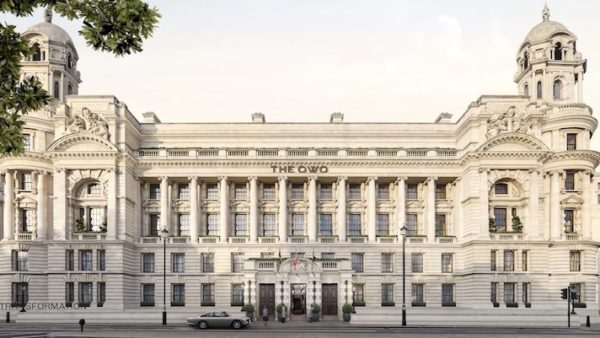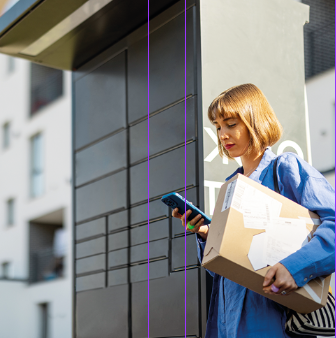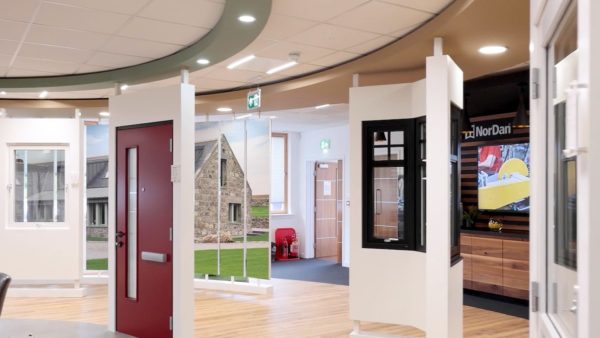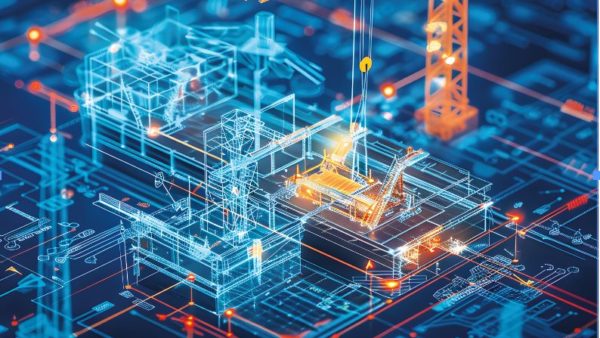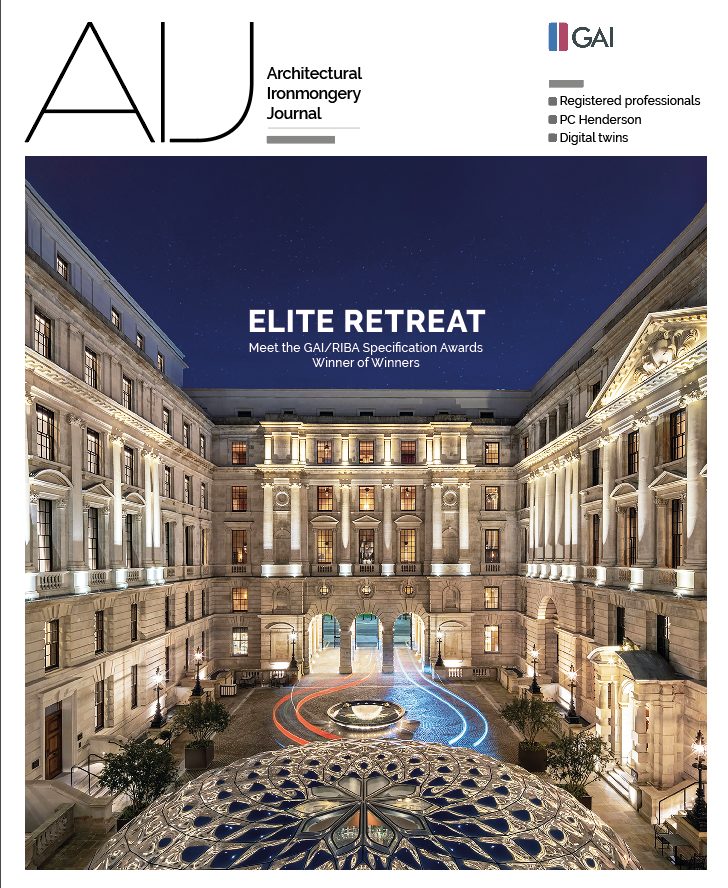Digital twins are rapidly taking the built environment by storm. Do specifiers need to be in on the action? Nicky Roger finds out
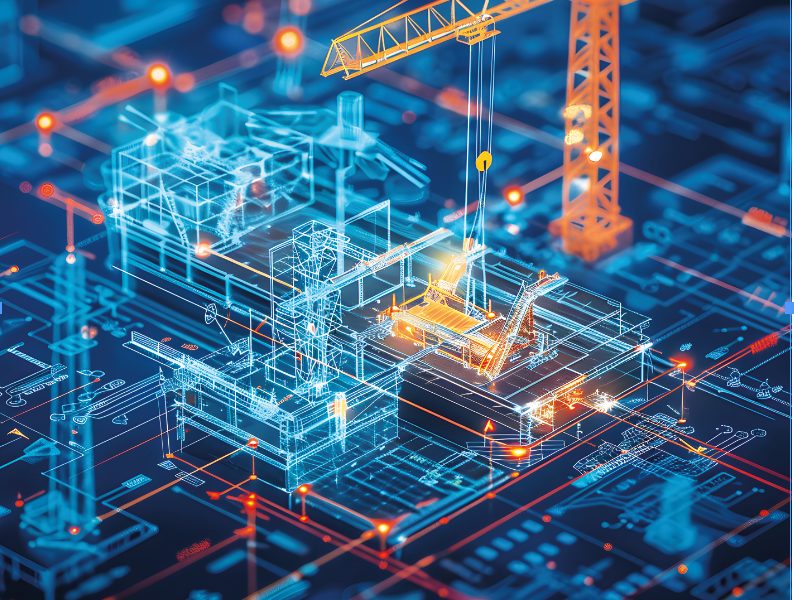
In simple terms a digital twin is a virtual copy of something real. In the built environment it’s a digital replica of a physical building complete with sensors to monitor changes in fabric and performance. The digital twin is a computer model that looks and behaves like the actual thing. Data is sent to the twin – information about how it is performing, its environment, its condition – and the digital twin uses this data to simulate and analyse the building’s behaviour. For example, it can predict when a part might fail, suggest improvements, or test changes before applying them to the real object. The technology helps companies gain more data about a building’s performance in real-time.
At last year’s Women in BIM conference an expert panel debated the definition more fully. Vicki Reynolds, chief technology officer of Catalyst, stressed the data sharing as key. “You can have the most detailed model in the world of your physical asset – that is not a digital twin, unless it has two-way connectivity of data. So if your physical is speaking to your virtual and your virtual is speaking to your physical, you have a twin. Anything less than that is a simulation or a cloud or BIM, it’s something else.”
BSI Standard
In a bid to ensure everyone is singing from the same hymn sheet when it comes to digital twins, BSI created a new standard which sets out the concept of a digital twin. Dan Rossiter, a chartered architectural technologist at the BSI working on digital transformation in the built environment explains why we need BS ISO/IEC 30173 and what it brings to the industry.
“As with every new innovation, it is impossible to agree on good practice if we can’t agree on what it is; high-level concepts and terminology are needed so we can communicate with each other. This is why many new standard series start with either a vocabulary standard, or a standard outlining concepts and principles. Similar to ISO 19650-1, the concepts and principles for building information modelling (BIM), ISO/IEC 30173 sets out the concept of a ‘digital twin’. ISO/IEC 30173 is interesting for two reasons:
1) It has a cross-sectoral view of digital twins. Meaning it isn’t just about construction, but considers manufacturing, healthcare, transport, aerospace, agriculture, and other areas which may use a digital twin.
2) It provides an authoritative source for a definition. For me, personally, having an authoritative definition is incredibly useful. It allows anyone to look at something and test whether it is a digital twin or not. If accepted by the market, will greatly reduce the misunderstanding and the mislabelling of products as digital twins.
Specifiers be aware
Rossiter is keen to stress that for the architecture and specifier sectors there’s not likely to be an urgent need to gen up on digital twin, but that if you’re specifying any product that has a performance element it’s likely to become more important.
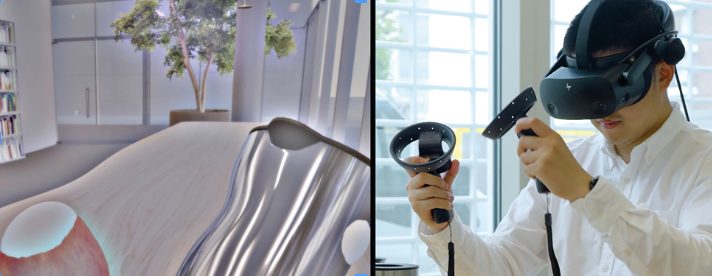
Architects at cutting edge
Leading practice Foster + Partners through its Applied Research + Development (ARD) group has been pioneering cutting-edge technologies for the past few years. It is exploring AI, machine learning and digital twin, among other developments. It has created a digital twin of its campus on the South Bank in London which has delivered two years of detailed geometric and business data from air quality sensors deployed throughout the campus and detailed information on energy monitoring.
But as Adam Davis from ARD explains, the experiment goes beyond just improving the performance of its own buildings; it enables them to pass the knowledge into design. “We want to understand how our buildings perform during the whole of their lifecycle. We’re obviously interested in the spatial and material record of the building, and also, therefore, as-designed, as-built, operational models of buildings and building assets. We’re also very interested in the data that can be acquired through spaces in use – relating to things such as indoor and outdoor air quality, occupancy, and energy usage. All these things together can give you a useful ongoing picture of how your building is functioning. And you can then take that knowledge and bring it back into design.”
“Products with sensors may be a requirement for [the] future as well as buildings where a client wishes to use a digital twin”
dan rossiter
“This may sound controversial, but I don’t feel architectural professional and specifiers need to be overly concerned with digital twins. Looking at the work of the National Digital Twin Programme, for example, the focus is on exchanging operational/business information, not information on a building itself. As such, if a local authority was to have a digital twin of a school, what they would be ‘twinning’ (i.e. what it capturing using sensors) wouldn’t be windows, doors, and other construction elements. They would be capturing the internal environment of rooms (e.g. temperature, CO2).
“What it may mean, however, is that designers/specifiers should consider which products need a control element. Products with sensors and actuators may be a requirement for future smart builders, as well as for buildings where a client wishes
to use a digital twin. Using our school example, if the room becomes too warm
or the CO2 levels get too high, the digital twin could signal an actuator to open the window.
“Understanding the need of the owner and operators will be key to ensuring fit-for-purpose solution is provided. Through the advent of digital twins, this may mean requirements beyond typical performance requirements.”


